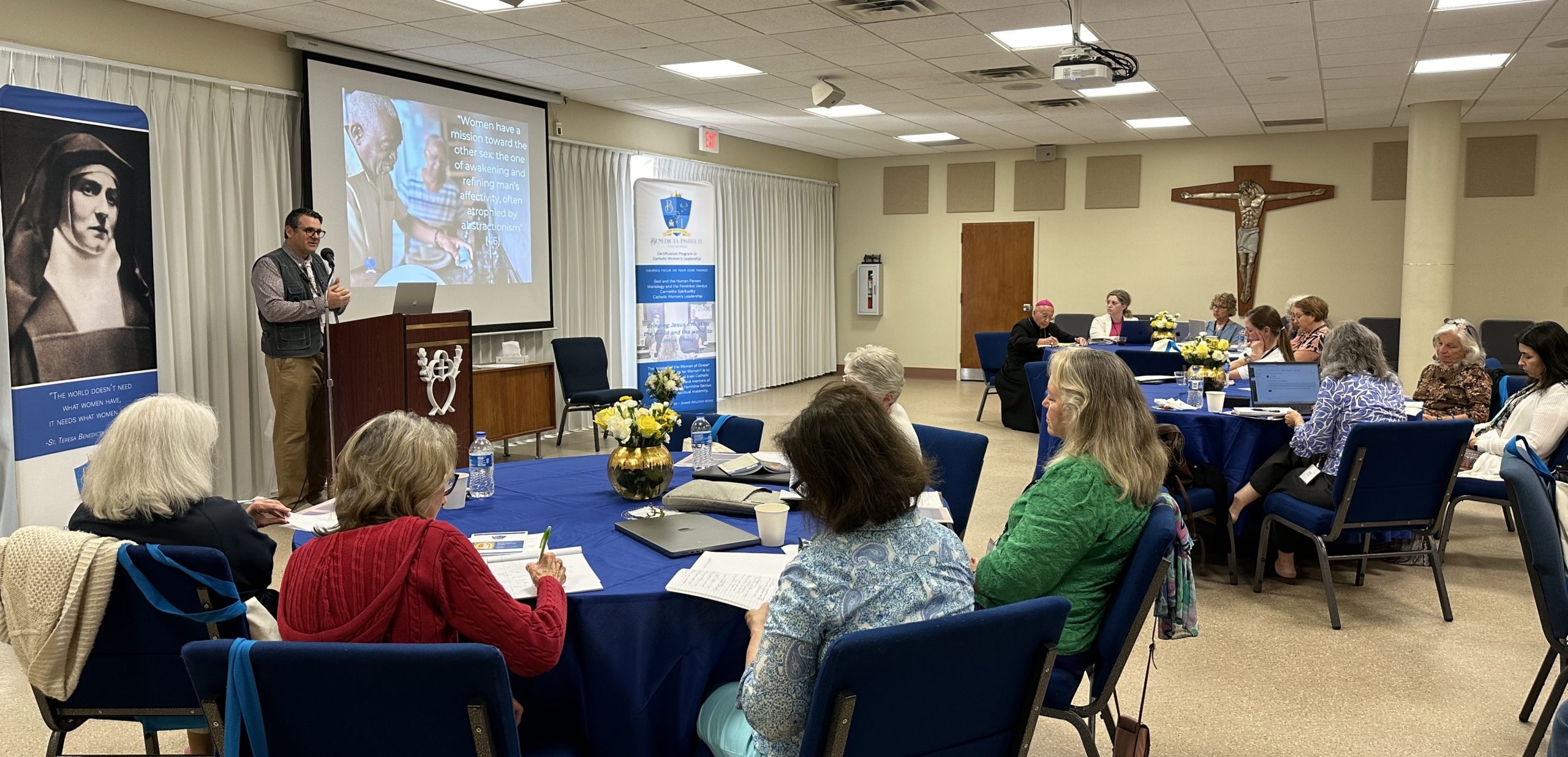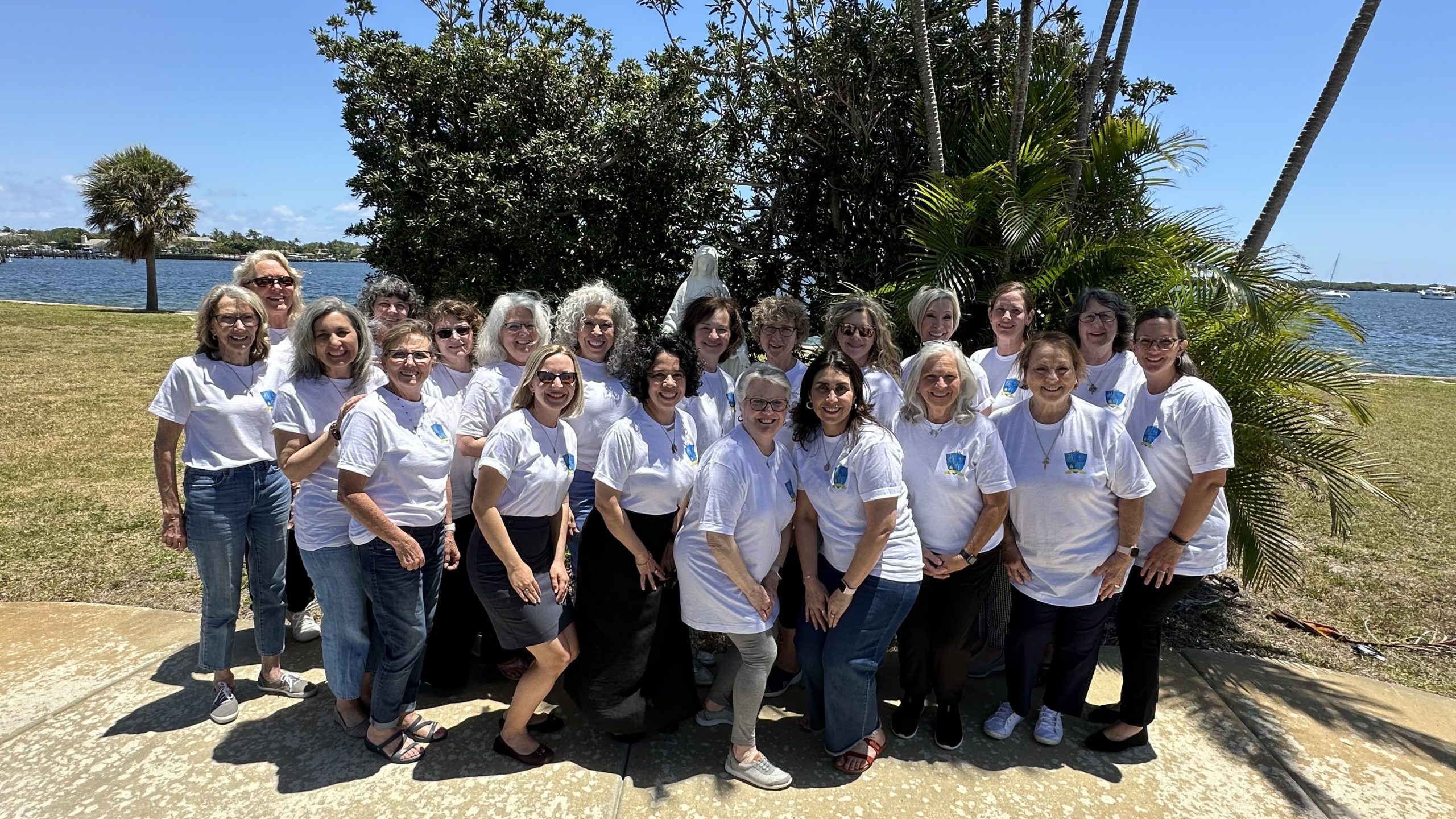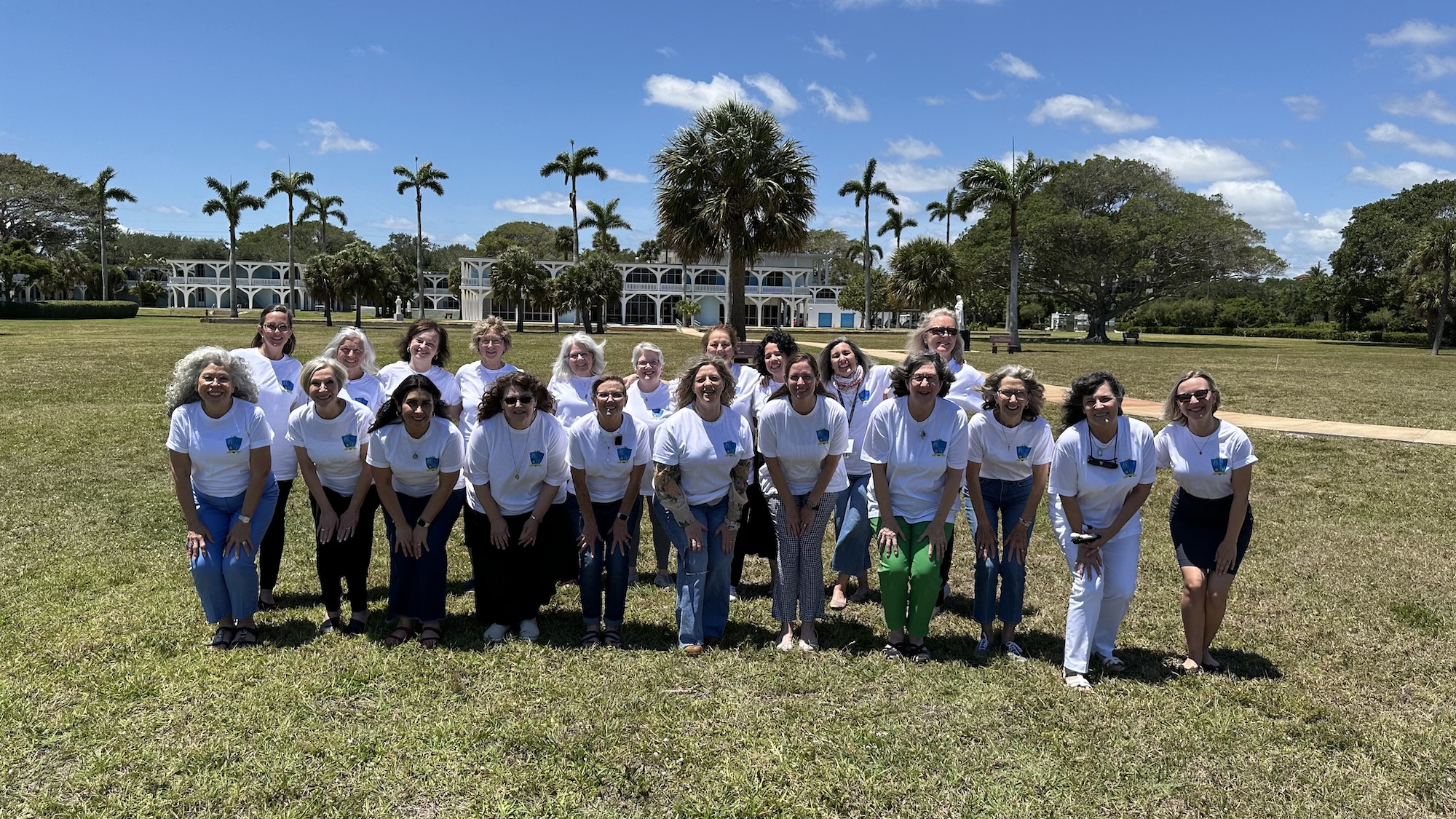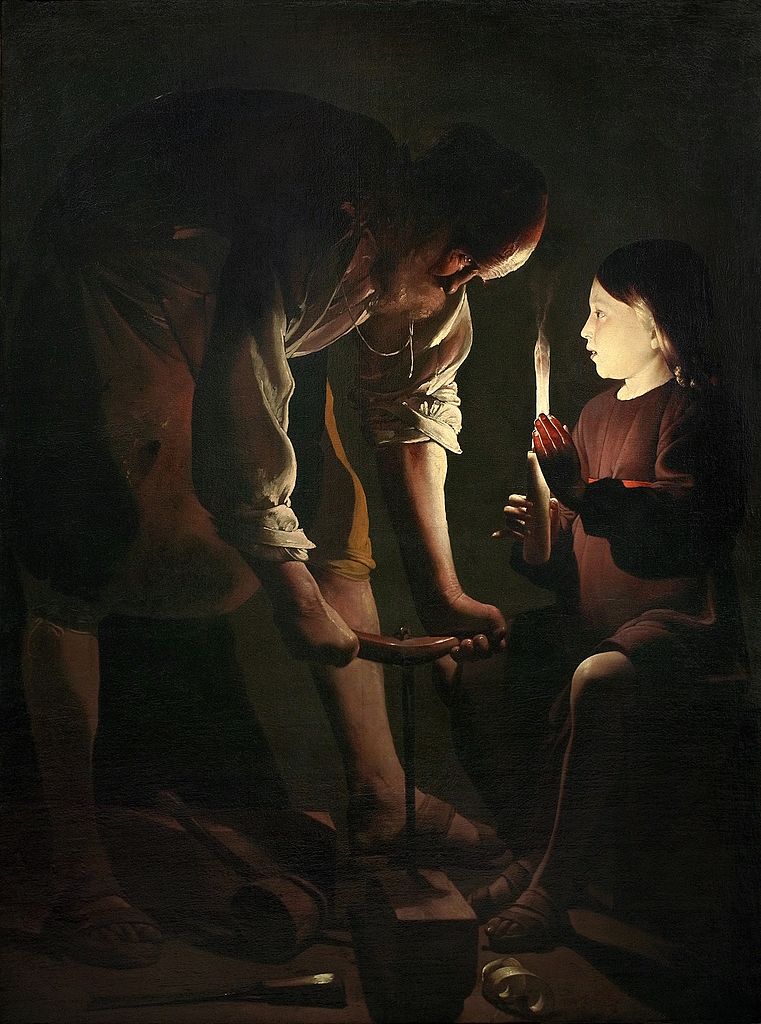Ruth shares her experience of growing in faith and her relationship with God through the Women of Grace® Foundation Study, “Full of Grace: Women and the Abundant Life”.
Category Archives: Women of Grace
Testimonial: Bridgit

Bridgit recently went through the the Women of Grace® Foundation Study, “Full of Grace: Women and the Abundant Life” and shared her impressions and how it compared to other studies.
Testimonial: Benedicta immersive was academically and spiritually rich

“The Benedicta spring week-long immersive was one of the most intense and wonderful weeks academically and spiritually that I have ever experienced. Graces abounded with new and renewed knowledge and intimacy with Our Lady and the Trinity. Bishop Waltersheid and Dr. Wallenfang were so Marian and such gifted and inspiring speakers!
Testimonial: KG’s education is off to a great start

“’Im so grateful to have had the opportunity to attend the Immersive seminar. I understand and appreciate the amount of work that goes into planning such an event, and your attention to detail, organization, and timing were excellent. Your kind attention to specific requests was thoughtful, too.
Testimonial: Benedicta immersive was one of respite, rejuvenation, rigor, and relaxation

“This week was one of respite, rejuvenation, rigor, and relaxation. I pray that we can all pause and receive the outpouring of graces that were not just showered, but poured down upon us, by Our Lady through the instrument of the Benedicta Institute, and all those who helped make this week possible.” -Melissa H
Testimonial: Kathryn found forgiveness and belief in the Eucharist through Women of Grace
Kathryn found forgiveness and belief in the Eucharist through Women of Grace. “It’s not just a wafer, it’s the body of Christ!”
Testimonial: Benedicta immersive was filled with sisterhood, laughter and prayer

Testimonial: Nancy found opportunities for spiritual growth and freedom from her burdens
Nancy found opportunities for spiritual growth and freedom from her burdens through Women of Grace. We want YOU to experience sisterhood with like-minded Catholic women while healing and drawing closer to Our Lord! Join us by attending an event, participating in our foundational study, and joining our weekly rosary crusade!
Saint Joseph the Worker: Ever on the Job
As we celebrate the Feast of Saint Joseph the Worker, we recall his stellar qualities, such as prudence, trustworthiness, and integrity. In commemorating this particular feast, such traits typically would be applied to decades of labor in the carpentry workshop at Nazareth, at the home he shared with Jesus and Mary.
Testimonial: Kathy found spiritual big sisters to support her in living an authentically Catholic life
Kathy found spiritual big sisters to support her in living an authentically Catholic life in these challenging times. We want YOU to experience sisterhood with like-minded Catholic women while drawing closer to Our Lord!










